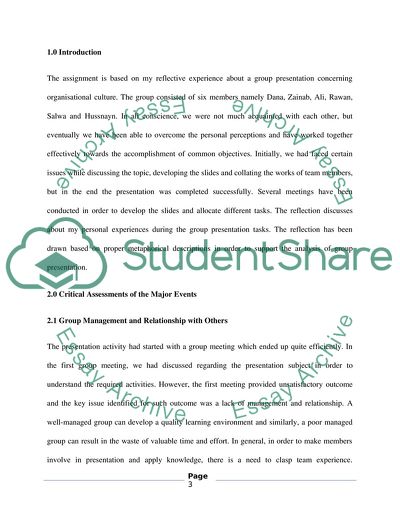Cite this document
(COAS: critical organisational analysis and sustainability Essay, n.d.)
COAS: critical organisational analysis and sustainability Essay. https://studentshare.org/management/1809024-coas-critical-organisational-analysis-and-sustainability
COAS: critical organisational analysis and sustainability Essay. https://studentshare.org/management/1809024-coas-critical-organisational-analysis-and-sustainability
(COAS: Critical Organisational Analysis and Sustainability Essay)
COAS: Critical Organisational Analysis and Sustainability Essay. https://studentshare.org/management/1809024-coas-critical-organisational-analysis-and-sustainability.
COAS: Critical Organisational Analysis and Sustainability Essay. https://studentshare.org/management/1809024-coas-critical-organisational-analysis-and-sustainability.
“COAS: Critical Organisational Analysis and Sustainability Essay”. https://studentshare.org/management/1809024-coas-critical-organisational-analysis-and-sustainability.


